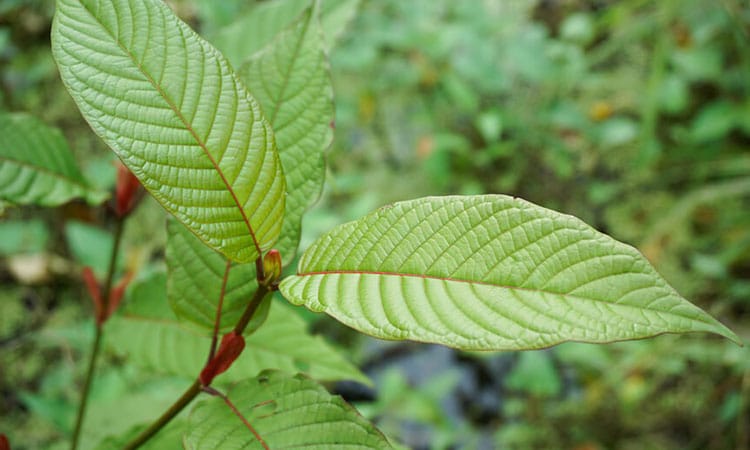The rise of Kratom strains from traditional use to modern wellness marks a fascinating journey blending ancient wisdom with contemporary health trends. Kratom, scientifically known as Mitragyna speciosa, is a tropical tree native to Southeast Asia, where it has been used for centuries in traditional medicine practices. Over time, its popularity has spread globally, with various strains gaining recognition for their unique properties and potential health benefits. One of the key aspects contributing to the popularity of Kratom strains is their diverse alkaloid profile. Alkaloids are naturally occurring compounds that can have physiological effects on the human body. Different Kratom strains contain varying concentrations of alkaloids, leading to distinct effects and user experiences. For example, the Maeng Da Kratom strain is renowned for its potent energizing and mood-enhancing properties, making it a favorite among those seeking a natural boost in focus and productivity. The journey of Kratom strains from traditional use to modern wellness is characterized by a growing body of research and anecdotal evidence supporting their potential benefits.

While traditional use often focused on relieving pain, enhancing energy, and promoting relaxation, modern wellness trends have expanded the scope to include aspects like stress management, mood elevation, and even support for mental clarity and cognitive function. One of the reasons for the increasing interest in Kratom strains is their potential as natural alternatives to conventional wellness products. Many individuals are turning to Kratom for pain management, especially those seeking options beyond pharmaceuticals. Additionally, Kratom’s mood-enhancing properties are appealing to individuals looking for natural ways to support mental well-being and emotional balance. Another factor contributing to the rise of Kratom strains in modern wellness is the availability of different varieties catering to specific needs. For example, Red Vein Kratom strains are often associated with relaxation and stress relief, making them popular choices for evening use or relaxation purposes. On the other hand, Green Vein Kratom strains are known for their balanced effects, offering a blend of energy and relaxation that can be suitable for various situations throughout the day.
Furthermore, the accessibility of Kratom products in various forms, such as powders, capsules, and extracts, has made it easier for individuals to incorporate Kratom into their wellness routines. This versatility allows users to choose the most convenient and effective method of consumption based on their preferences and lifestyle. It is essential to note that while Kratom strains have gained traction in modern wellness circles, they also face scrutiny and regulatory challenges. Concerns about safety, potential side effects, and the need for standardized quality control measures are ongoing discussions within the Kratom community and regulatory agencies. The rise of Kratom strains from traditional use to modern wellness reflects a dynamic evolution blending ancient traditions with contemporary health needs. With growing interest and ongoing research, Types of Kratom Strains continues to capture attention as a natural option for promoting well-being, managing stress, and enhancing overall quality of life.